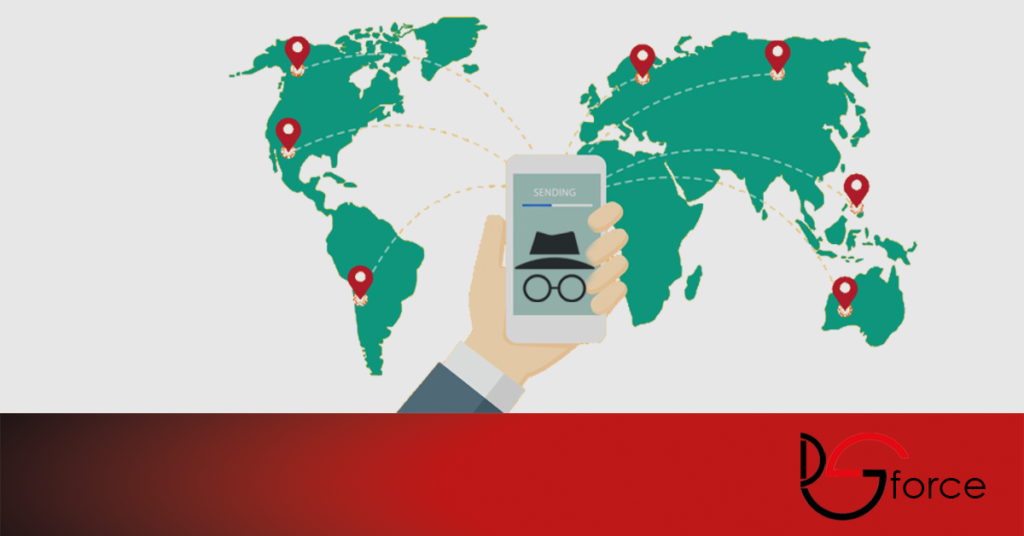Creating a project:
It is always recommended when first opening a software to set the default setting that are most convenient for you to use. This settings include (among many) locations, languages, documents default presets, measurements units and much more. As it is very intuitive here we’ll explain what we believe to be the most important of them.
Set your measurements general system, means – default measurements unit (centimeters, pixel, point etc.).
Just go to Preferences – units & increments – Ruler units – horizontal, vertical, other units change to inches (or whatever suit you).

Creating a new document:
File – new document (the book option is to gather multi InDesign projects into one). It is good when working, as a team on a big project but for a simple book there’s no need.
Document preset:
Web- InDesign is not really a good web tool so let us leave it for now.
Digital publishing- Digital apps, magazines, e-books etc.
Print- all printed materials. Lets choose it for this tutorial
Number of pages– for the example we’ll make 4 pages (page = one side, means, for two side invitation its 2 pages)
Facing pages– if you have two pages connecting to each other, like brochure that opens up.
Paper size– the right size for your project
Columns – see them, as “guides” it won’t be printed – like a grid it will help you arrange your content.
Margins– I recommend to set them for 0.5 Inc. it is another guidelines but for the frame.
Bleed and slug– depend if your printer prints edge to edge. If not or you are not sure (In a traditional printer it’s that way), make the bleed, so the paper will be bigger than the print and you’ll need to cut it. Do 0.25 inch for all characters in the bleed.
A Good advice- after setting, save the presets so it will make your future works much more effective.
* Note that everything is changeable so if you’ll want to change number of pages, paper size, margins etc. in the future, its possible.

Make Configurations, Insert Text and Images:
Roles:
Configuration: It really depends on the complexity of your project, but, if you will get used to make this step, life will be much easier in the future.
Work organized: make a project main folder and within make more folders: assets, Docs, Storyboard layout (if you have one), references, images etc.
Go to the layer panel and create 4 new layers: Images, Types, Texture and Base. (These are just suggestions, do whatever make you more in control and organized with your project).
Make a Master layout: so you can set pages numbers or any other features you want to appear in all pages. In the page window you will see the master page, click on page A (left). On this page whatever you do will be implemented on all pages. Make a shape and fill it with color so all pages will be the same. to go out of the master page- double click on one of the pages.
Make page number– create a small text shape (in the type layer) and put it in the bottom left page side. Go to: Type – Insert special characters- markers- current page number
When done, duplicate to the right page.
Notes: Working with CMYK colors usually goes to print, RGB colors, goes to digital.
Make middle guide to mark the centers points of your documents.
Pressing W will switch from preview to normal mode, or work mode to – how it will look without all the guidelines.
Inset an Image or a photo: there are several options, the most simple is to “drag and drop”, you can also go to File – place (and choose your image), or you can make a frame and than put inside the image. You can use Adobe Bridge to get your image, you can choose several images and place them click after click.
To configure your image in your frame you have several options in the top of the screen, like – filled the frame, wrap text around it etc.
Text: choose the text box from the toolbar and create a frame (dragging the mouse). Only than you can start to wright. You can modify the txt box, size it, rotate it etc. if your text is not getting fully inside you text frame, InDesign will mark it with “+” in the bottom of the frame. You can make several frames and connect them, so the text will continue to the next frame etc.- just drag the small arrow at the bottom right side of the text frame to the next frame at the bottom left side.
Text wrap that I mentioned is a configuration of the image.
Good luck!



